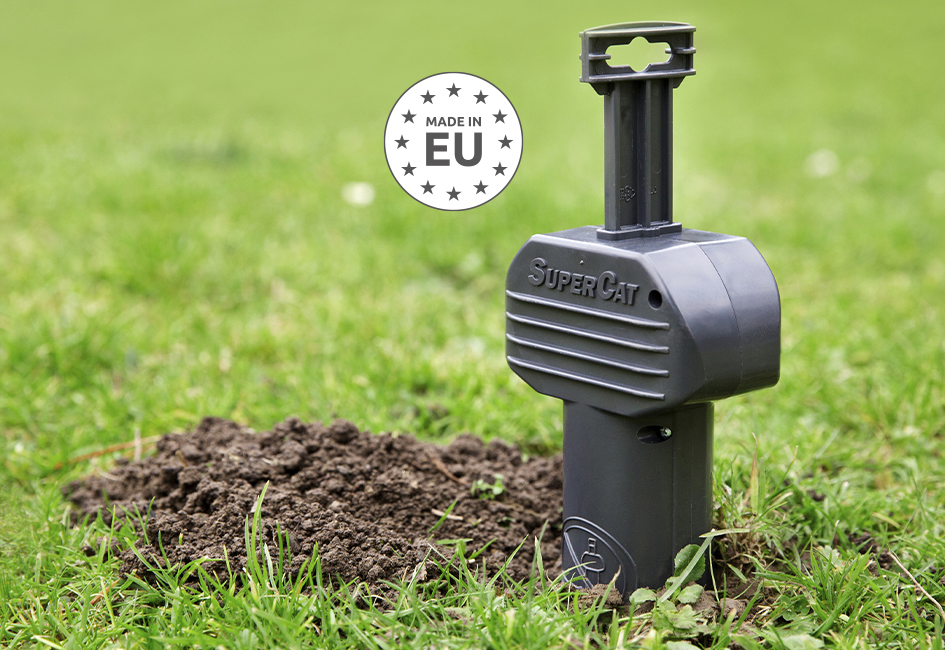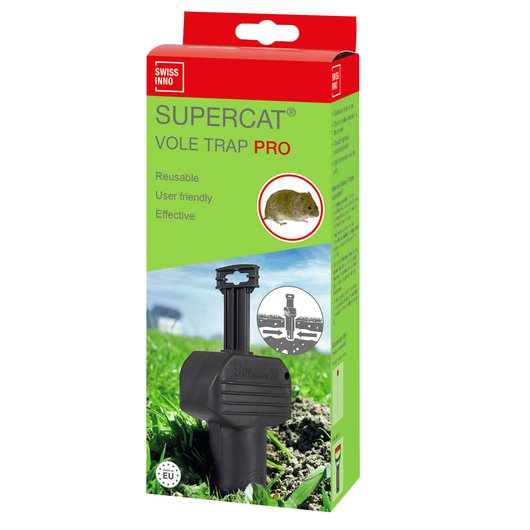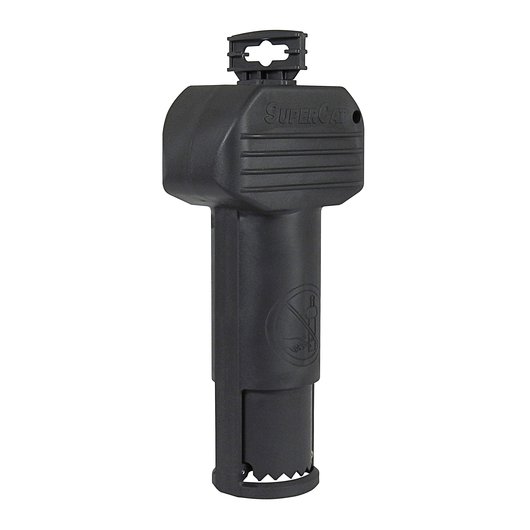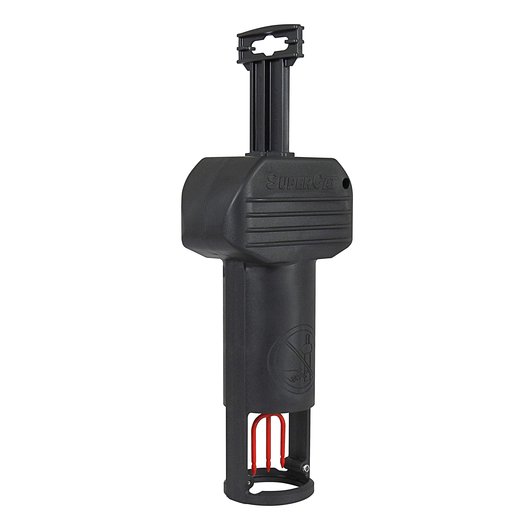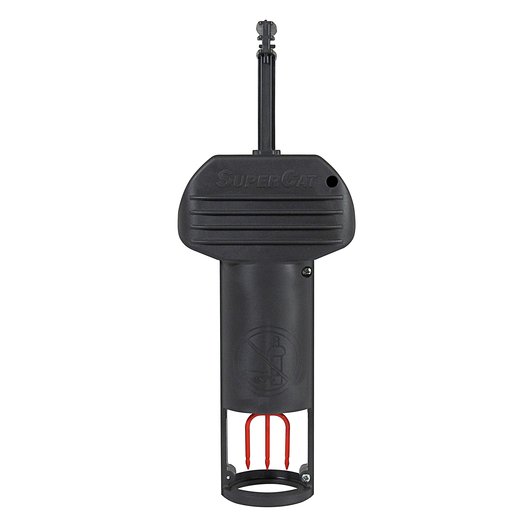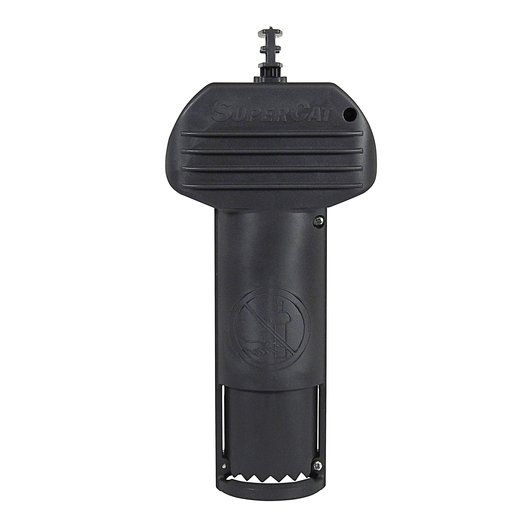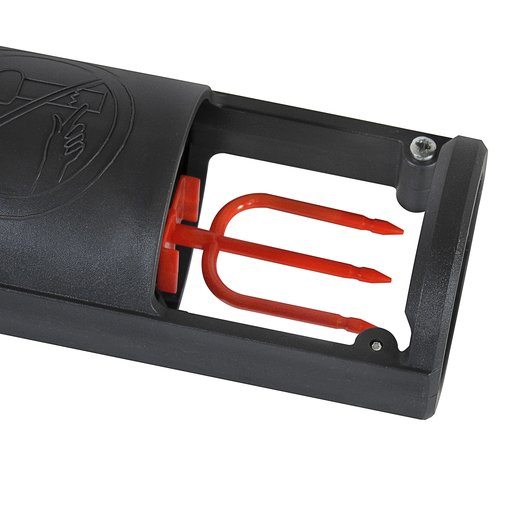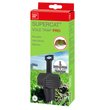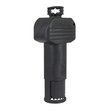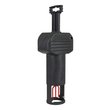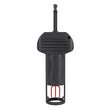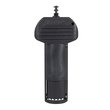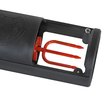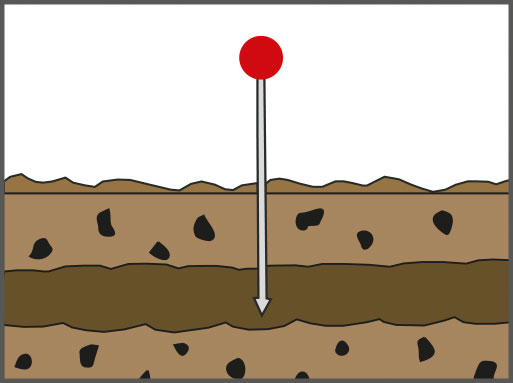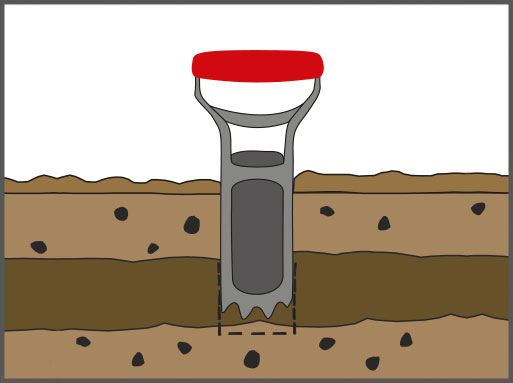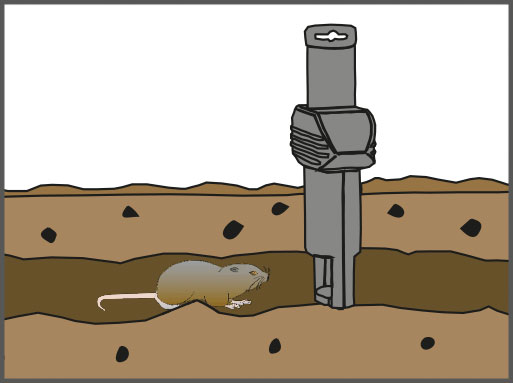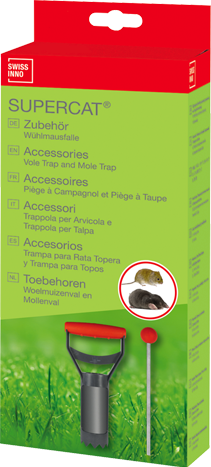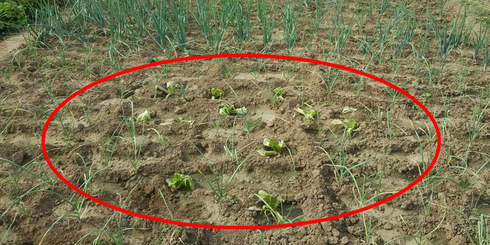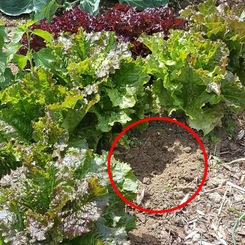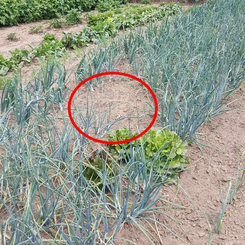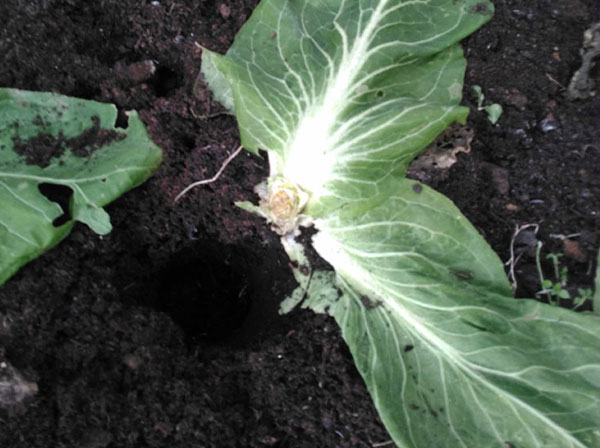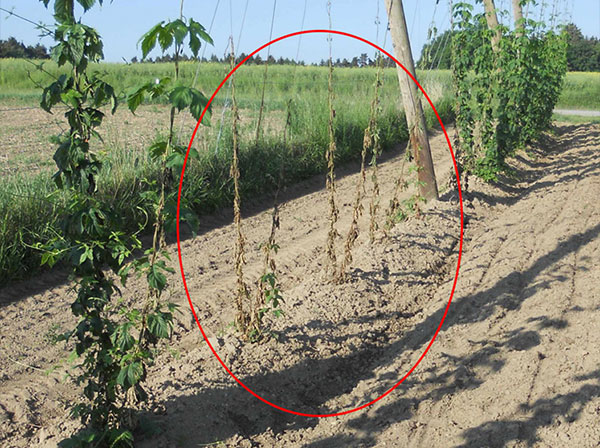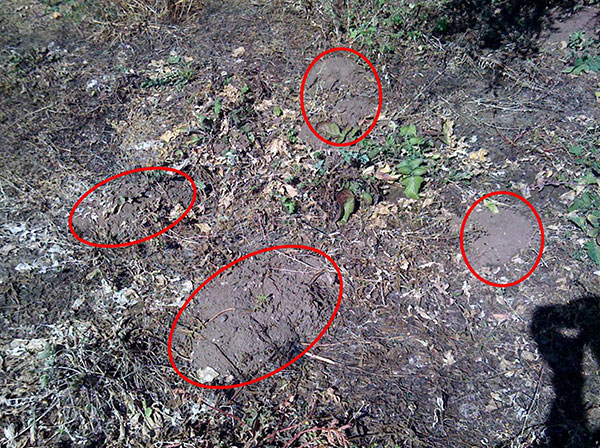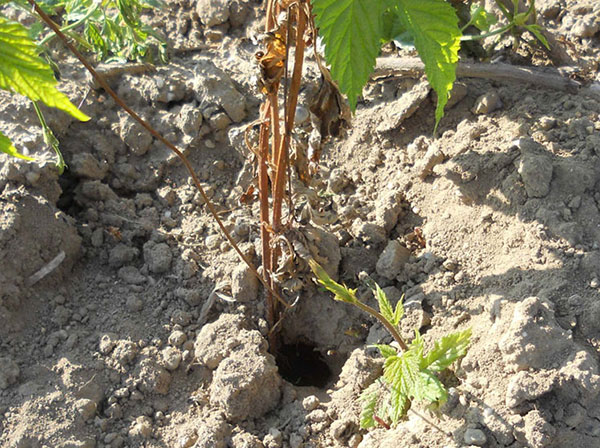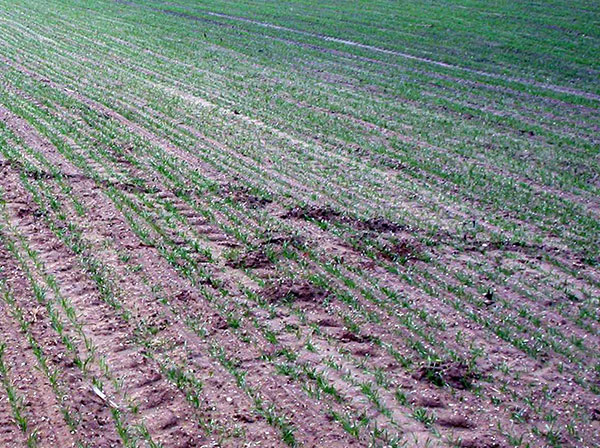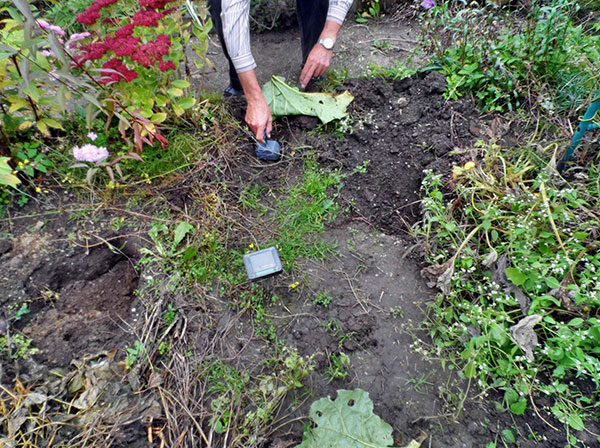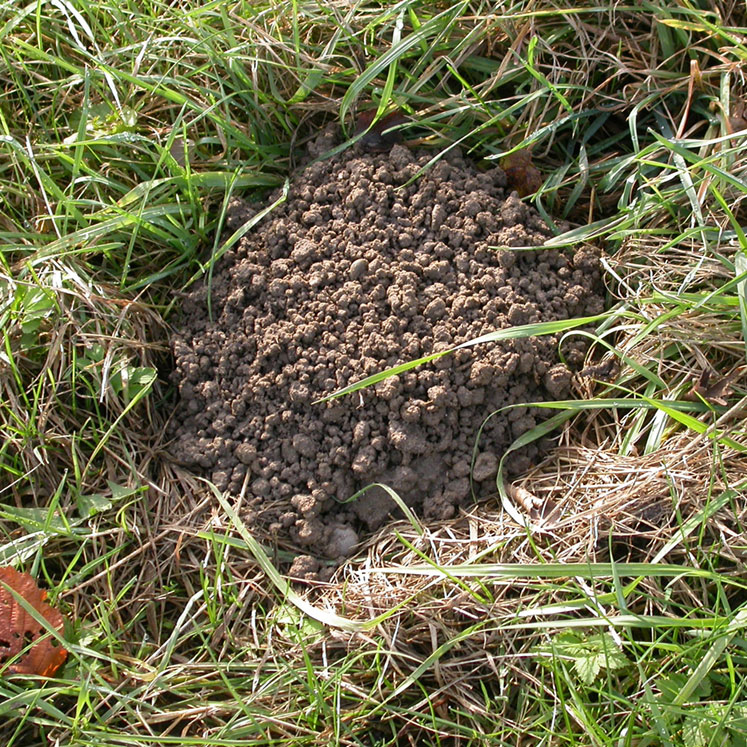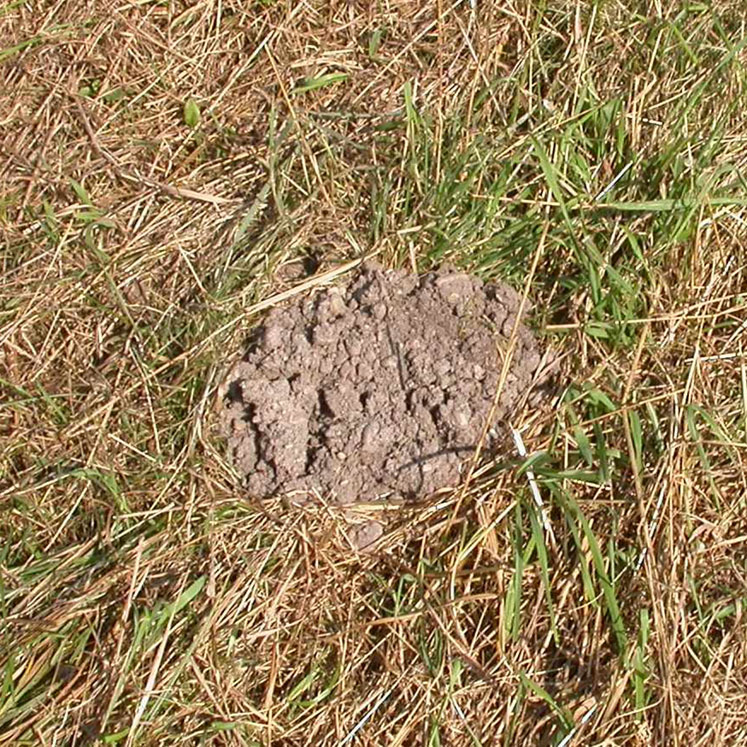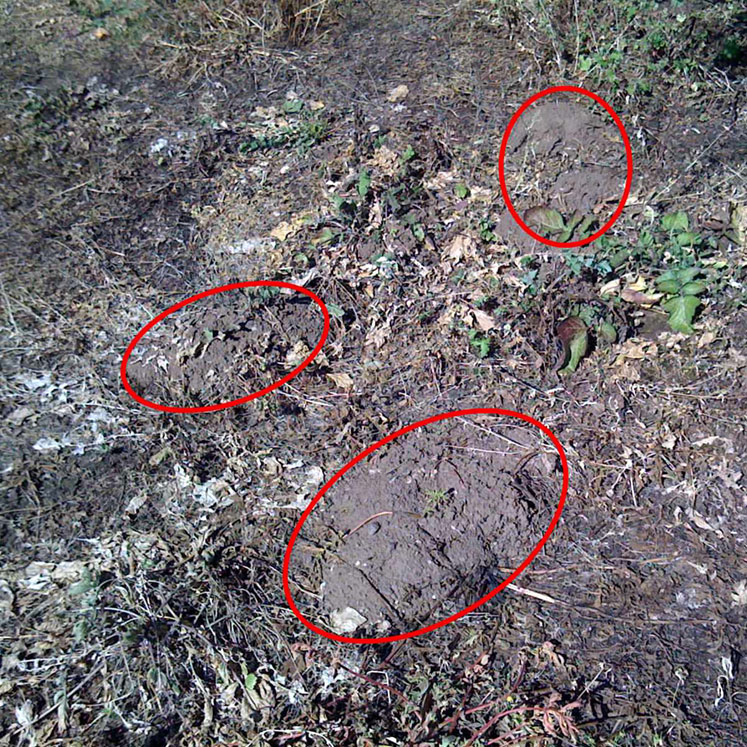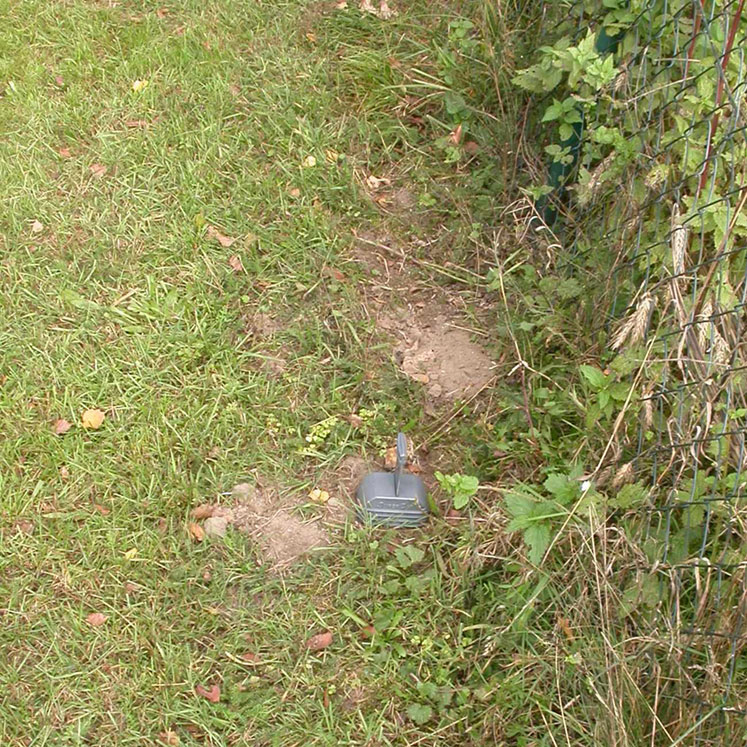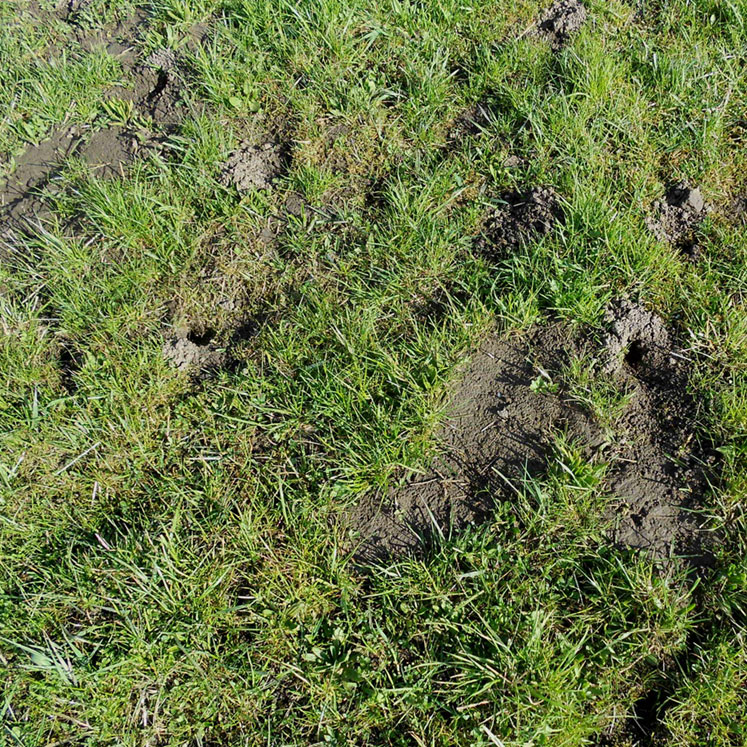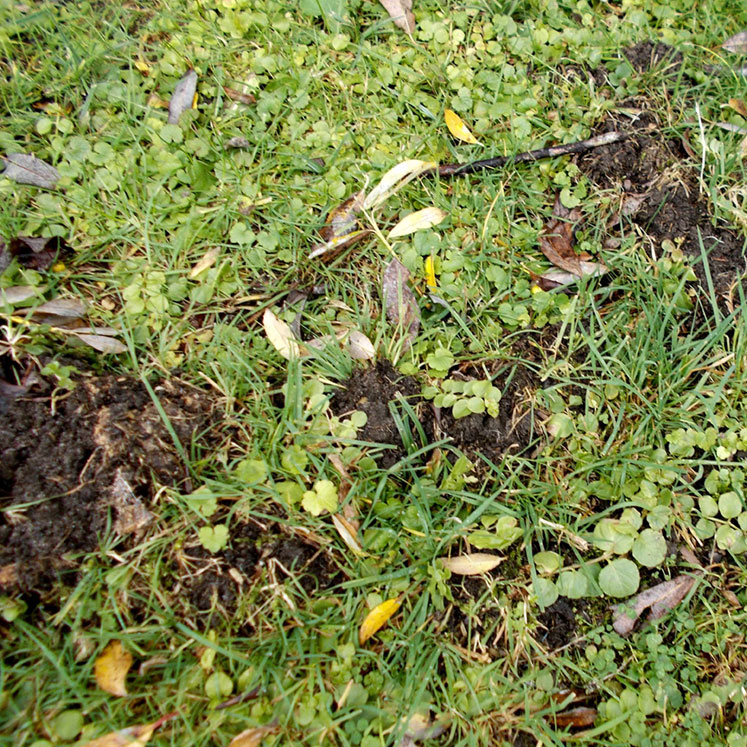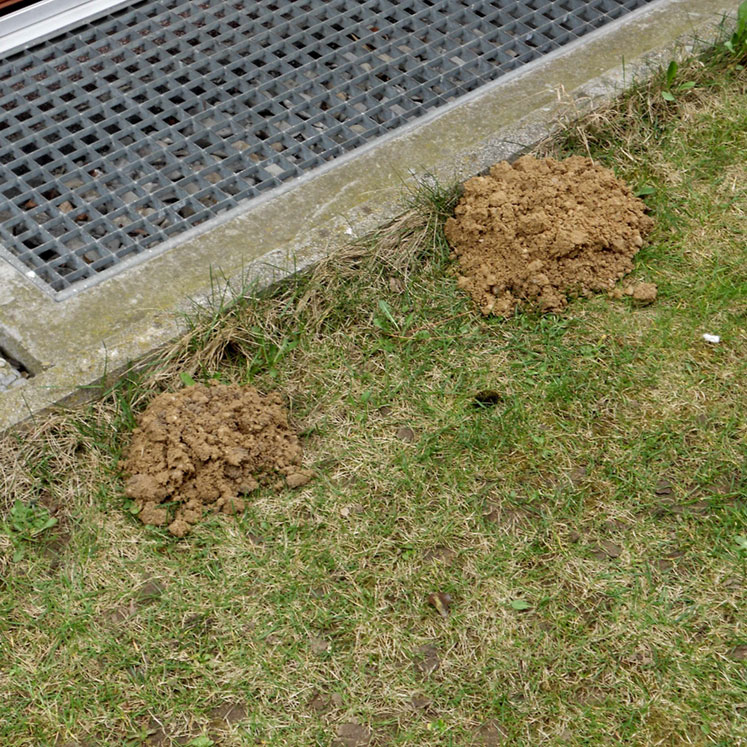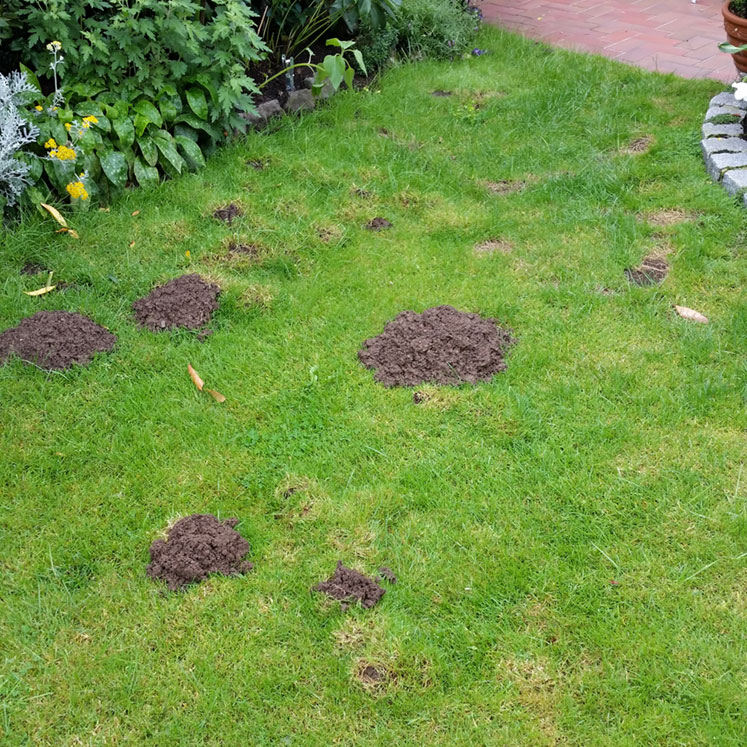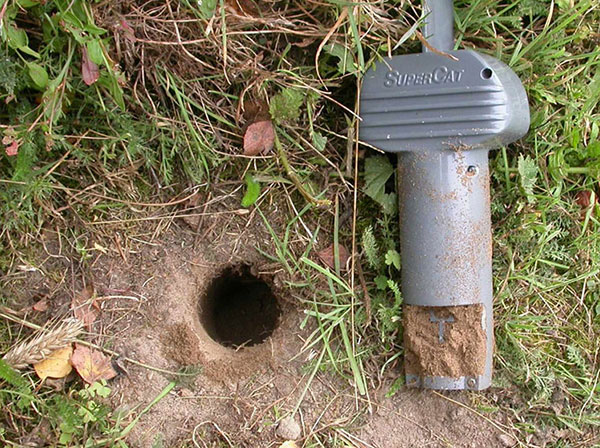Probably a mole in the tunnel has encountered your trap and, because it sees it as an unwelcome intruder, it blocks it up with soil.
Also voles can stuff soil into the trap. But then not as tightly clogged as the mole. In this case, rinse the trap with water and refill after a few days. It can help 15cm in front of and behind the trap to open the aisle with the hole cutter. The additional openings divert the vole from the trap.
Another trick is not only to set the traps, but at the same time to damage the rest of the tunnel system as much as possible. Kick down all piles of earth and damage lower gears with the search bar. This massive disruption can also distract from the trap. If all that does not help, experienced trappers sometimes change the trap if it does not work with this model.


![[Translate to EN:] [Translate to EN:]](/files/pics/7/2/csm_Mouse__860x586px_4295e63b71.jpg)
![[Translate to EN:] indian-meal moth on oatmeal [Translate to EN:] indian-meal moth on oatmeal](/files/pics/b/6/csm_indian-meal-moth-on-oatmeal_low_659108f917.jpg)
![[Translate to EN:] Schnecken [Translate to EN:] Schnecken](/files/pics/5/f/csm_Slug__860x586px_da4b2d7f83.jpg)
![[Translate to EN:] Vogel [Translate to EN:] Vogel](/files/pics/8/9/csm_Bird__860x586px_273b7ffaf9.jpg)
![[Translate to EN:] Ratten [Translate to EN:] Ratten](/files/pics/0/9/csm_Rat__860x586px_e3e988d139.jpg)
![[Translate to EN:] Maulwurf [Translate to EN:] Maulwurf](/files/pics/2/e/csm_Mole__860x586px_d43e7e8948.jpg)
![[Translate to EN:] Marder [Translate to EN:] Marder](/files/pics/d/6/csm_Marten__860x586px_7508da5714.jpg)
![[Translate to EN:] Fliege [Translate to EN:] Fliege](/files/pics/a/d/csm_Fly__860x586px_66c70bb32f.jpg)

